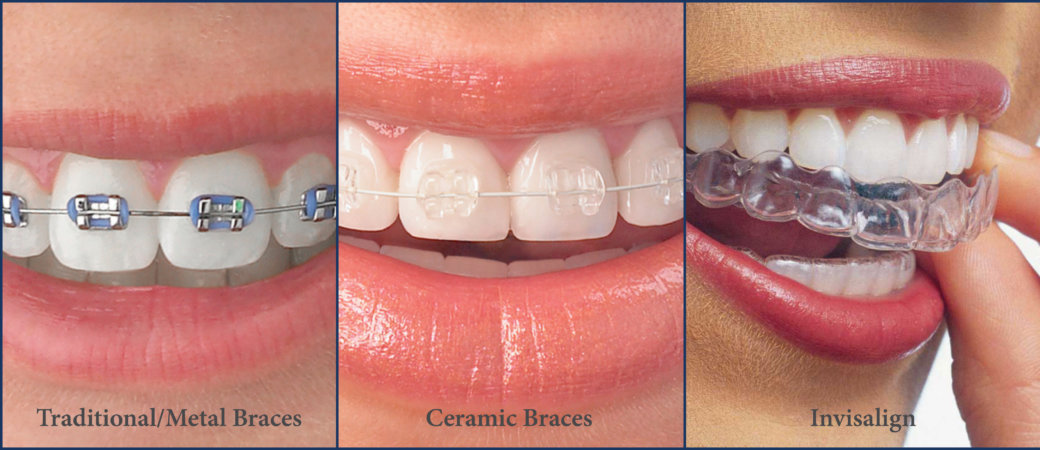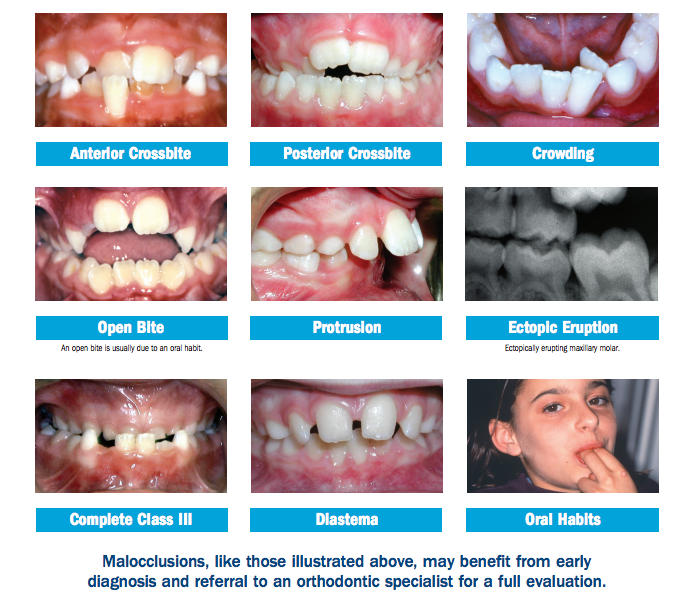6 Simple Techniques For Causey Orthodontics
6 Simple Techniques For Causey Orthodontics
Blog Article
Causey Orthodontics Things To Know Before You Get This
Table of ContentsThe Single Strategy To Use For Causey OrthodonticsNot known Factual Statements About Causey Orthodontics 9 Simple Techniques For Causey OrthodonticsSome Of Causey OrthodonticsThe 25-Second Trick For Causey Orthodontics
Disregarding occlusal relationships, it was typical to eliminate teeth for a range of dental problems, such as malalignment or congestion. The concept of an intact dentition was not widely valued in those days, making bite relationships seem unnecessary. In the late 1800s, the concept of occlusion was vital for creating trusted prosthetic substitute teeth.As these ideas of prosthetic occlusion advanced, it ended up being a very useful device for dentistry. It remained in 1890 that the job and influence of Dr. Edwards H. Angle began to be felt, with his contribution to contemporary orthodontics specifically notable. Initially concentrated on prosthodontics, he showed in Pennsylvania and Minnesota prior to guiding his interest towards oral occlusion and the treatments required to preserve it as a typical condition, thus becoming recognized as the "papa of modern-day orthodontics".

The concept of ideal occlusion, as postulated by Angle and incorporated into a category system, enabled a change in the direction of dealing with malocclusion, which is any kind of inconsistency from normal occlusion. Having a full collection of teeth on both arches was very demanded in orthodontic therapy as a result of the demand for precise partnerships between them.
The 15-Second Trick For Causey Orthodontics
As occlusion came to be the key priority, face proportions and aesthetic appeals were neglected - Causey Orthodontics. To attain excellent occlusals without using external pressures, Angle postulated that having best occlusion was the very best means to get optimal face aesthetics. With the death of time, it became quite obvious that even an extraordinary occlusion was not suitable when considered from a visual factor of view
Charles Tweed in America and Raymond Begg in Australia (that both studied under Angle) re-introduced dental care removal into orthodontics during the 1940s and 1950s so they can improve face esthetics while also ensuring better stability worrying occlusal partnerships. In the postwar duration, cephalometric radiography begun to be used by orthodontists for gauging modifications in tooth and jaw position triggered by growth and treatment. It ended up being obvious that orthodontic therapy might change mandibular development, resulting in the formation of useful jaw orthopedics in Europe and extraoral pressure procedures in the United States. These days, both useful devices and extraoral tools are applied around the world with the objective of changing growth patterns and kinds. Consequently, seeking true, or at least improved, jaw relationships had ended up being the main objective of therapy by the mid-20th century.
Causey Orthodontics Fundamentals Explained
 Till the mid-1970s, dental braces were made by covering steel around each tooth. https://www.deviantart.com/causeyortho7., it became feasible to instead bond steel braces to the teeth.
Till the mid-1970s, dental braces were made by covering steel around each tooth. https://www.deviantart.com/causeyortho7., it became feasible to instead bond steel braces to the teeth.This has actually had purposeful impacts on orthodontic treatments that are provided routinely, and these are: 1. Right interarchal relationships 2. Appropriate crown angulation (suggestion) 3.
The advantage of the style hinges on its bracket and archwire combination, which requires only marginal cable bending from the orthodontist or clinician (best orthodontist). It's aptly called hereafter function: the angle of the port and thickness of the brace base eventually determine where each tooth is positioned with little need for extra control
The 7-Minute Rule for Causey Orthodontics
Both of these systems used identical braces for each tooth and demanded the bending of an archwire in 3 airplanes for situating teeth in their wanted positions, with these bends dictating supreme placements. When it concerns orthodontic appliances, they are split right into two types: removable and repaired. Removable devices can be taken on and off by the patient as required.

Therefore, mostly all contemporary fixed devices can be thought about variations on this edgewise appliance system. Early 20th-century orthodontist Edward Angle made a major payment to the globe of dental care. He developed 4 unique appliance systems that have actually been made use of as the basis for numerous orthodontic therapies today, preventing a few exceptions.
A Biased View of Causey Orthodontics

The cable finished in a string, and to relocate ahead, a flexible nut was utilized, which enabled a rise in circumference. By ligation, each private tooth was affixed to this expansive archwire (family orthodontics). Because of its minimal variety of activity, Angle was unable to accomplish specific tooth placing with an E-arch
These tubes held a soldered pin, which might be rearranged at each visit in order to relocate them in position. Called the "bone-growing appliance", this contraption was supposed to encourage much healthier bone development because of its potential for moving pressure directly to the origins. Nonetheless, executing it showed frustrating in fact.
Report this page